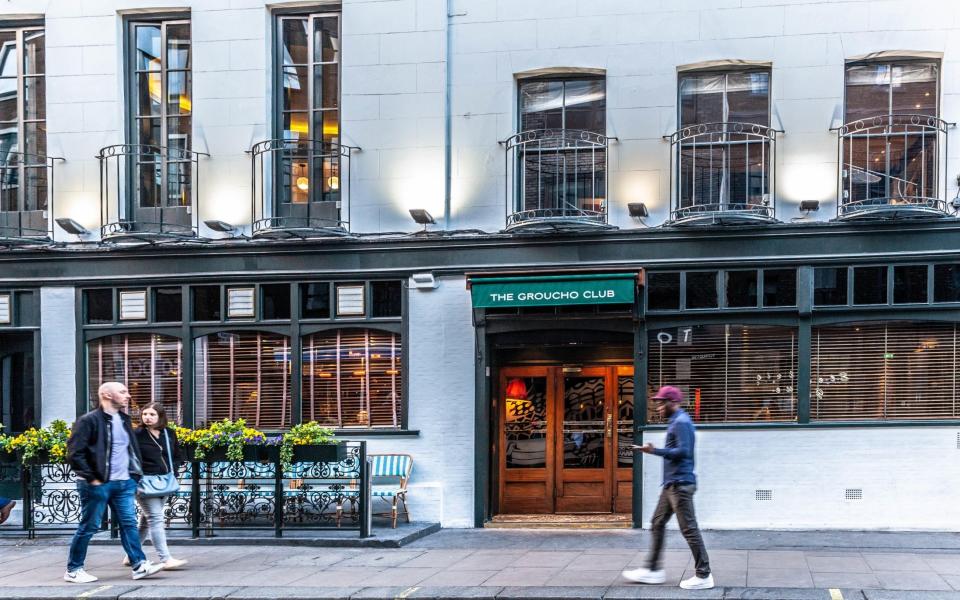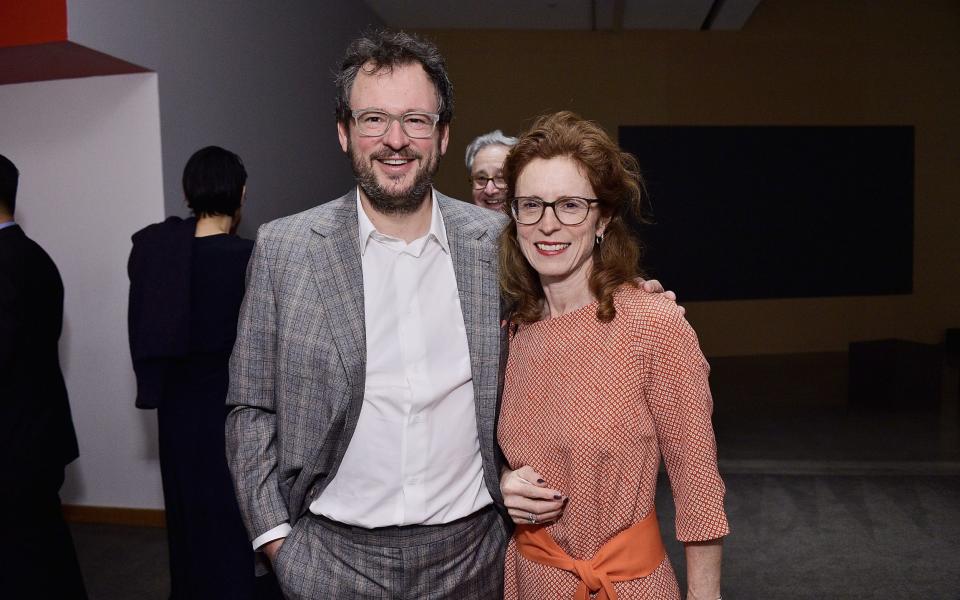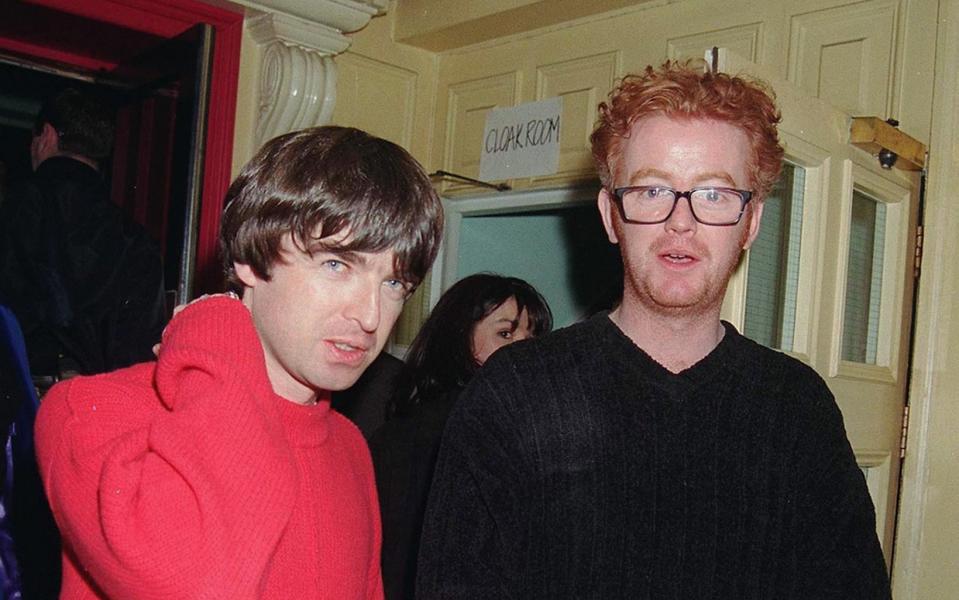‘Cool Britannia’ venue the Groucho Club seeks young hellraisers under new owners

The Groucho Club, the private club once frequented by celebrities including Stephen Fry, Melvyn Bragg and Kate Moss, is hoping to attract a new generation of Soho hellraisers after changing hands in a deal worth about £40m.
The infamous venue, located in the heart of London’s Soho, has acted as a hub for artists, writers and media types for almost four decades. It has fallen on harder times recently, however, making heavy losses and building up tens of millions of pounds of debt.
The Groucho’s new owners are Iwan and Manuela Wirth, whose company Artfarm owns the world-renowned contemporary art gallery Hauser & Wirth and venues such as Roth Bar & Grill in Bruton, Somerset.

Sales rose to £5.4m last year from £4.3m in 2020 as Covid restrictions eased. However, losses widened to £3.4m from £2.8m.
The Groucho has lost money every year since at least 2015, when it was acquired by its management with backing from a group of investors such as Alcuin Capital Partners, Graphite Capital, ICG Enterprise Trust and Isfield Investments.
Nick Hurrell, chairman of the Groucho Club, called Artfarm “the perfect owners”, and said: “Their mix of cultural engagement, pedigree in art and excellence in hospitality sits very well with the particular spirit of a members’ club that has been an important part of London’s cultural life for many years.”
The club was founded in 1985 after a group of mostly women publishers sought “an antidote to the stuffy gentlemen’s clubs” and persuaded Tony Mackintosh, a club owner and heir to a chocolate fortune, to pursue the idea.
The Groucho quickly became known as a “home for hellraisers” and acted as a focal point for the “Cool Britannia” scene of the 1990s, with hard-partying artists including Damian Hirst mixing with Britpop musicians such as Noel Gallagher.

Celebrity alone did not guarantee membership, however, with the Spice Girls being rejected by the venue’s membership committee at the height of their fame.
By the end of last year, the Groucho had accumulated debts of £36.5m in a mixture of bank and shareholder loans, millions of pounds of which were due for repayment next year. Auditors warned of “material uncertainty” over its future owing to “uncertainty over the future of financing”.
The vast majority of the £40m valuation for the Artfarm takeover is likely to be accounted for by the Groucho’s debts. The freehold for its Soho premises and an art collection including pieces from artists such as Francis Bacon and Tracey Emin are highly valued, however.
Ewan Venters, chief executive of Artfarm and formerly of Fortnum & Mason, said he understood the club’s “special place” in London’s cultural landscape.
Artfarm hopes to increase its 5,000-strong membership by pursuing younger clients, and is also considering international expansion. The Groucho’s rival, Soho House, has rapidly expanded around the world and last year listed its shares in New York on a $2.8bn valuation.
